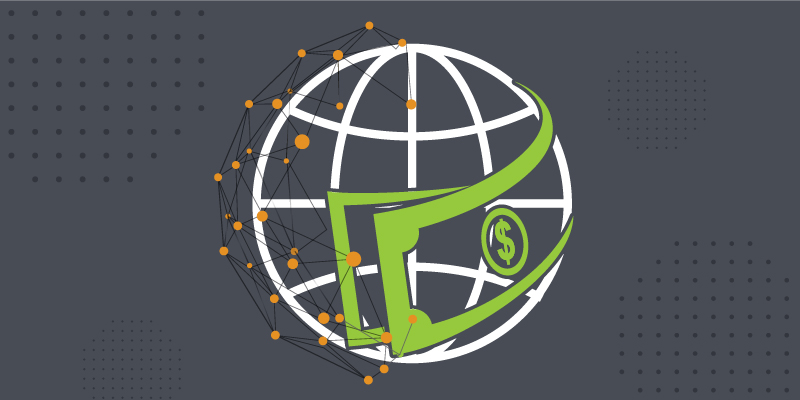Cybercrime surpasses $1Trillion in global costs
A recent study has put the global cost of cybercrime at over $1 trillion for 2020. This figure is up significantly from 2018, which was calculated at around $600 billion. And while most effects are financial, roughly 92% of affected organizations cited by the study reported additional issues stemming from cyberattacks. Over half took no measures to prevent or recover from common types of attack.
Major hosting provider affected by cyberattack
The worldwide hosting service provider Netgain was forced to take many of its servers and data centers offline following a recent ransomware incident. The attack occurred just before Thanksgiving and continues to cause intermittent outages for customers as the company works to restore their systems. Due to the volume of systems Netgain provides services for, they remain unsure how long customers will be inconvenienced by the fallout from this attack.
Default passwords compromising radiology equipment
Researchers have discovered that GE has implemented default passwords that can be easily found online across a wide range of medical equipment. These passwords, used by technicians to perform routine maintenance, could also be used illicitly to take control of the machines or cause them to malfunction. Users are unable to change these credentials on their own and require a certified GE tech to come to make on-site adjustments. While GE has stated it does not believe any unauthorized access has been identified, the critical nature of these machines makes this a high priority vulnerability.
Educational technology still lacking proper security
An alarming number of schools and educational institutions switching to remote learning have made no changes to their security policies or implemented any cybersecurity training for staff and/or students. Additionally, nearly 40 percent of the schools surveyed weren’t even able to provide devices for their employees or students to work remotely during the pandemic, though 70 percent had switched their regular communications to video conferencing services.
Payment card skimmers hiding in CSS
Camouflaging payment card skimmers into the CSS of compromised e-commerce site is the latest evasion tactic being used by cybercriminals. The skimmer is run by the Magecart group, which is known for successfully evading detection software and innovating to boost longevity on compromised systems. The embedded script launches during the checkout process by redirecting the customer to a new page where it begins stealing information entered into a form.






